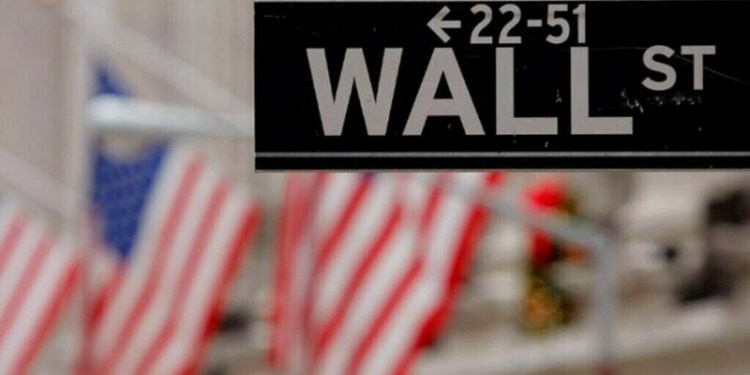LONDON: Sterling fell sharply against the dollar on Tuesday to its lowest since December after a rise in US Treasury yields helped the greenback resume its recent rally.
Weak economic data and a decision by the Bank of England to hold interest rates and cut its growth projections have confounded sterling bulls in the last month after a period outperforming other major currencies.
BoE Governor Mark Carney has expressed caution over the state of the UK economy but said that interest rates are still likely to rise by the end of this year.
But it is the dollar’s broad-based, strong rally that has hurt sterling this week. US retail sales numbers showing a moderate increase in April also supported the dollar.
The pound fell as much as 0.6 percent to $1.3452 in late European trading, its lowest since Dec 29. Against the euro sterling traded up 0.1 percent 87.91 pence, reinforcing that the move in sterling was dollar-led.
Earlier on Tuesday sterling had edged up against the dollar after data showed UK employment jumped, although the official numbers also undermined that wage growth that was yet to rise sharply.
The data showed annual growth in earnings, excluding bonuses, edged up to 2.9 percent in the three months to March, as anticipated in a Reuters poll, after a 2.8 percent rise in February.
“While this should still be sufficient to deliver positive real wage growth, such a level of growth is just about in line with price stability but clearly not inflationary,” economists at Barclays wrote.
Analysts said the data was unlikely to alter the immediate outlook for Bank of England interest rate rises.
Market expectations of a rate raise in August are currently close to 50 percent compared with nearly 60 percent at the start of last week.
“We think the BoE will need to see evidence that the stronger growth is sustained in (coming months) before hiking again. We therefore expect the BoE to wait until November for the next hike,” said Berenberg economist Kallum Pickering in a note.
Source: Brecorder
























